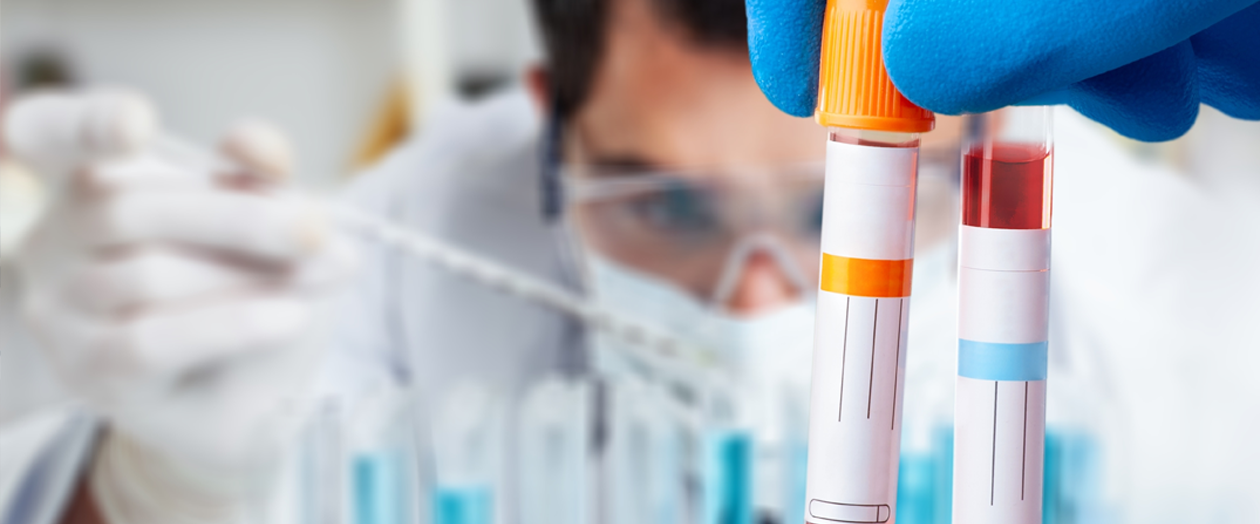There are a few reasons why you would want to consider going fully automated in your lab processes. When you’re processing a lot of samples, your reproducibility and accuracy could encounter variability. And in laboratory processes variability is not good. Utilizing automation you are drastically diminishing that variability across the board.
Number one is situations where you have high throughput sample processing workflows. When you’re doing manual processing, it opens up potential for issues with reproducibility from pippette user to user within the laboratory; everyone is a bit different.
With BioDot, our liquid dispensing solutions are extremely accurate and precise and reproducible. We’re also capable of going to volume ranges that are way below what a human can accurately pipette, meaning if there are particular workflows that require nano liter or pico liter dispensing, that is not possible with manual pipetting workflows.
Number two, in terms of human efficiency in the lab, there are opportunities for those people who are no longer performing manual procedures to learn how to operate automation, to learn how to troubleshoot, to have more time for sample analysis. Most people in the lab don’t want to be sitting there and pipetting and processing samples all day; they want to be more involved in doing scientific workflows.
In the lab what’s truly important is the data. You want to free up your human capital to be able to actually look at the data as well. Automation does increase your throughput ability substantially so that could potentially open doors for a larger influx of samples that need to be processed; it also means increased demands for your human capital to be able to analyze that data produced as a result of increased sample influx.
Furthermore, going automated for workflows that could be potentially hazardous for humans, whether that’s infectious diseases and biological samples or chemicals and reagents that are toxic to humans, enables you to pursue a wider range of different infectious disease workflows. You can operate laboratories that are at a higher biosafety level than your staff might be trained for, since there’s certain training that is required to operate laboratory workflows within those environments.
Going the automated route means introducing new equipment into your floor space. If there is legacy equipment from Companies X, Y, and Z, there may also be concerns about it fitting in with existing workflows. The beauty of working with REM and ATS is that we operate with integrated systems – we work with a variety of different types of equipment, whether that’s sample handling, incubation analyzers, imagers, etcetera, so you could potentially integrate your current instruments within that particular workflow.
ATS REM is not offering a particular off-the-shelf solution. We’re offering a customized solution to the customer’s spec. Essentially what we’re doing is we’re taking what the customer’s workflow is, what their current nstrumentation is, understanding what their needs are, and we’re tailoring a solution for them.
So the machine that builds the machine, once we’ve tailored that solution, we can then reproduce that as laboratory needs scale up, as sample processing throughput requirements are going up. We can then reproduce that formula and continuously ramp up and build more workflow solutions to support your sample processing needs as they scale.
This kind of change is a big investment of time and resources, so you want to be sure the investment is delivering return on investment (ROI). One way to really know that your investment in automation is paying back is leveraging ATS Illuminate, which is an internet of things (IoT) processing software that can, in real time, monitor the efficiency of your instrumentation in the laboratory.
You can manage your operational equipment efficiency and develop a metric from that to see how much your instrumentation is being utilized, and how optimally it is being utilized.
What excites me the most about the potential for automation is really the impact to human health care. There are a lot of exciting new diagnostic assays that are being released on the marketplace, especially within clinical diagnostics, early cancer detection, etcetera. What that enables a laboratory to do is open the doors for some new cutting-edge assay technologies to be used in a clinical testing environment. The impacts to human health globally are huge. It’s great to be part of that with ATS REM and BioDot.











